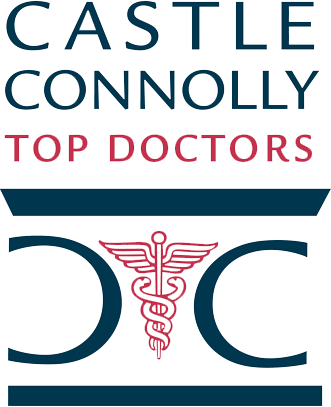Exercise is safe and effective during and after most types of cancer treatment, including breast cancer. As such, it must be included as an integral part of your breast cancer care plan. Over two decades of research support a link between a physically active lifestyle and positive physiological and psychological changes in cancer survivors, which is why we emphasize exercise oncology for all patients.
Regular exercise leads to improvements in VO2, i.e., the maximum amount of oxygen your body can use during exercise, which, in turn, improves healthy blood pressure, heart and lung function, gas exchange, and blood volume. Consequently, exercising during and after cancer care improves your muscular strength, anxiety, depression, body image, emotional well-being, immunity, and overall quality of life.







